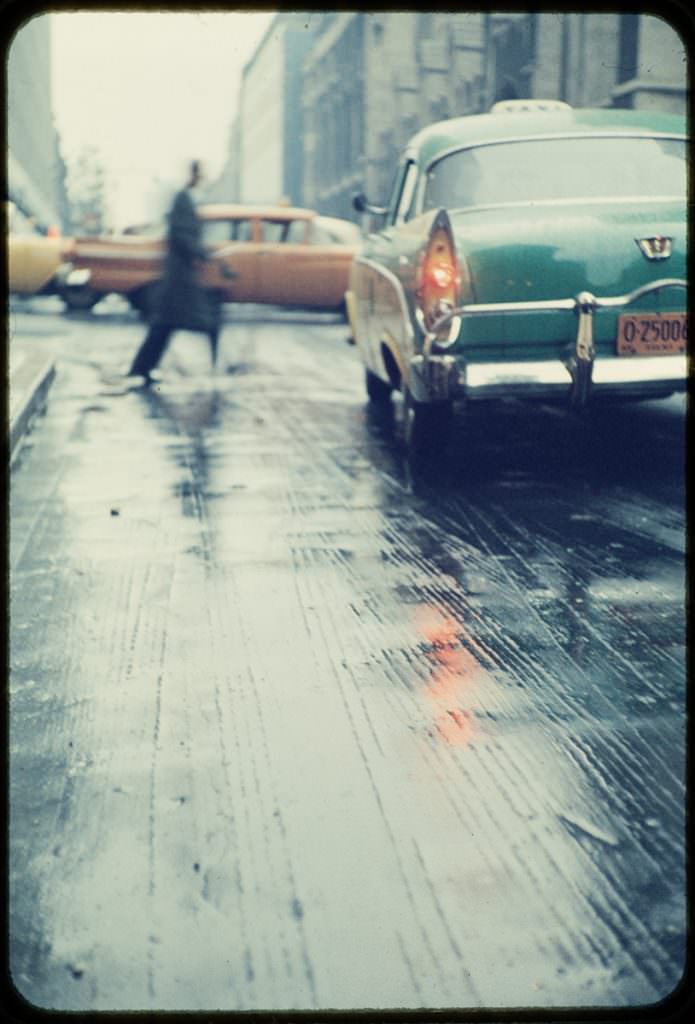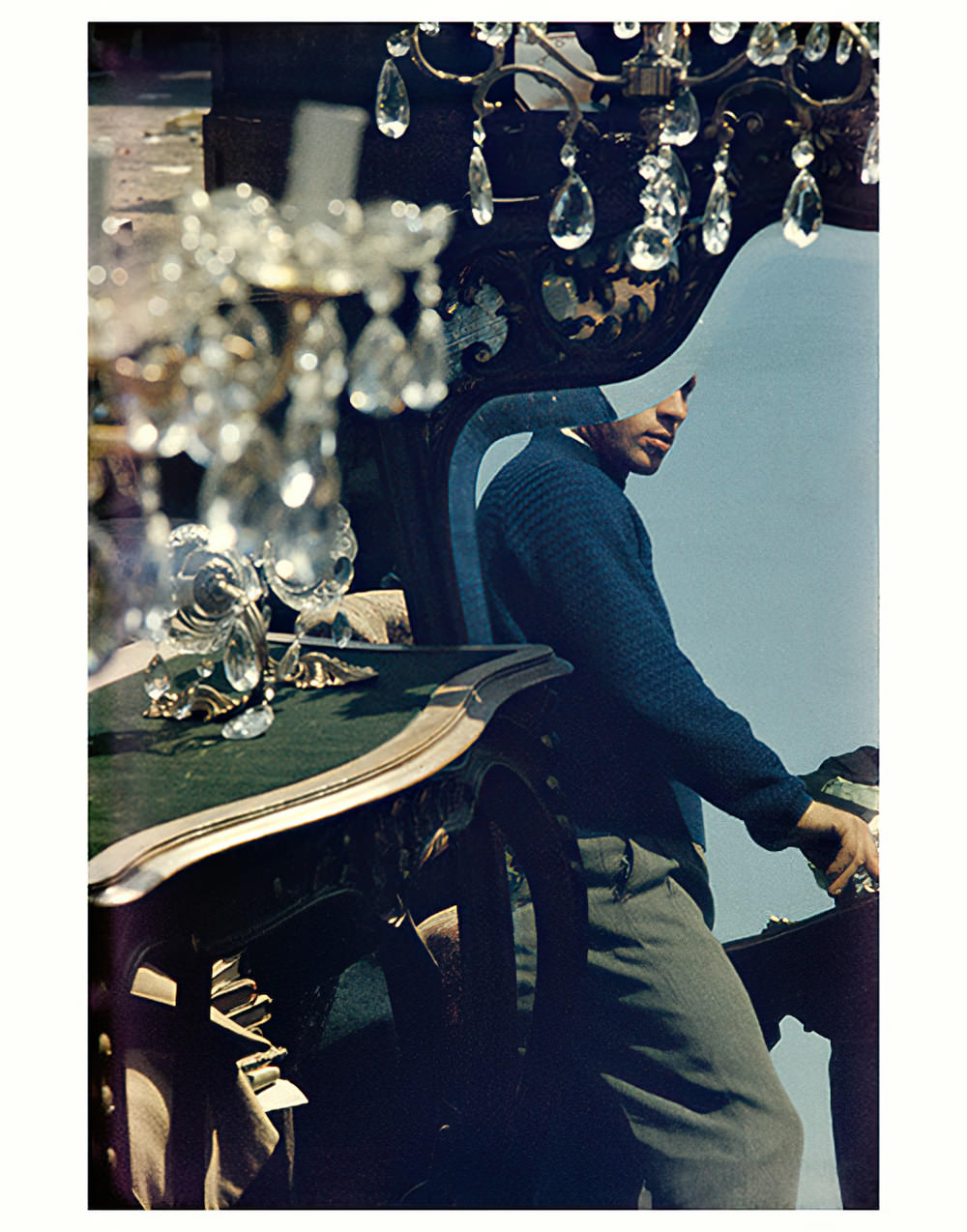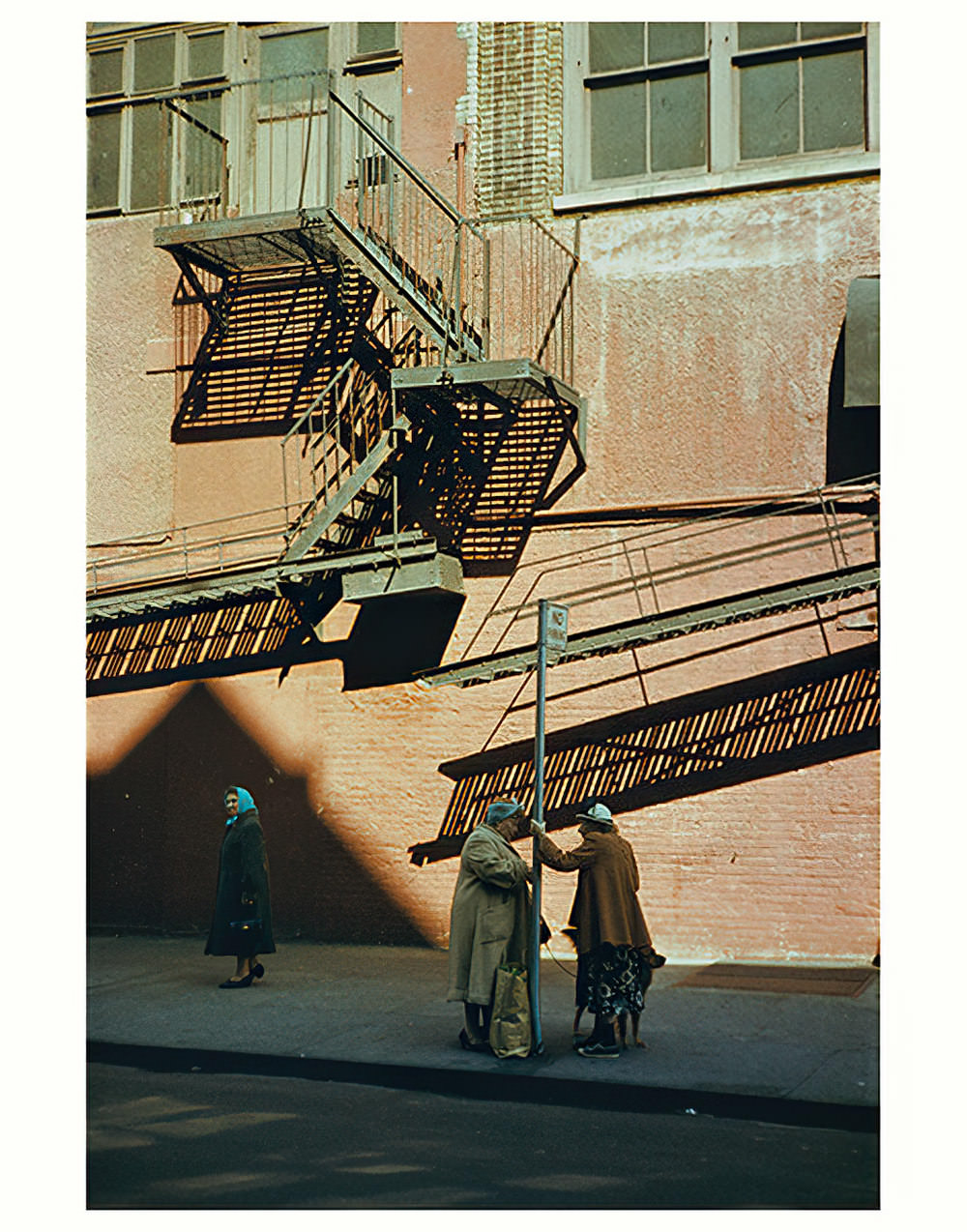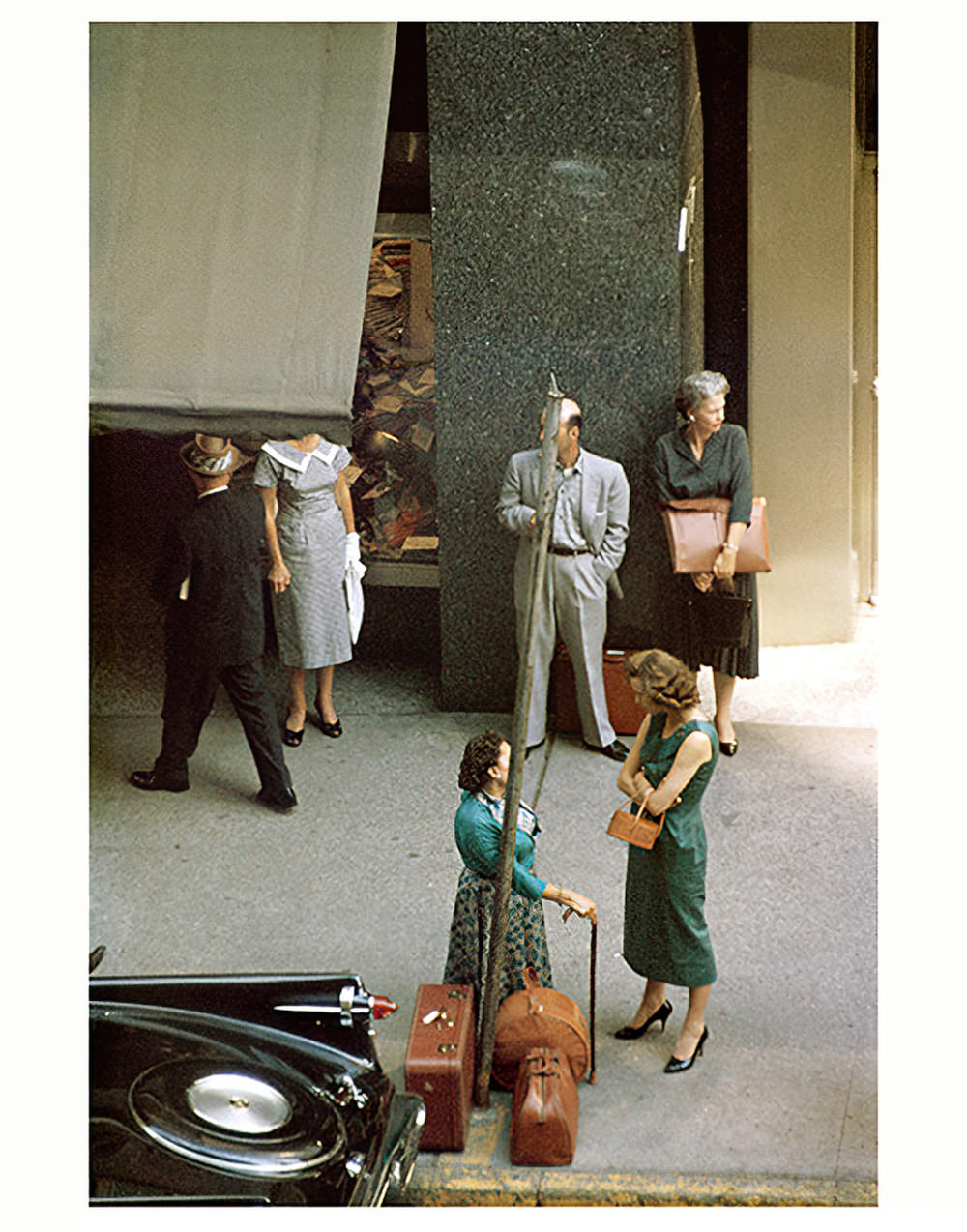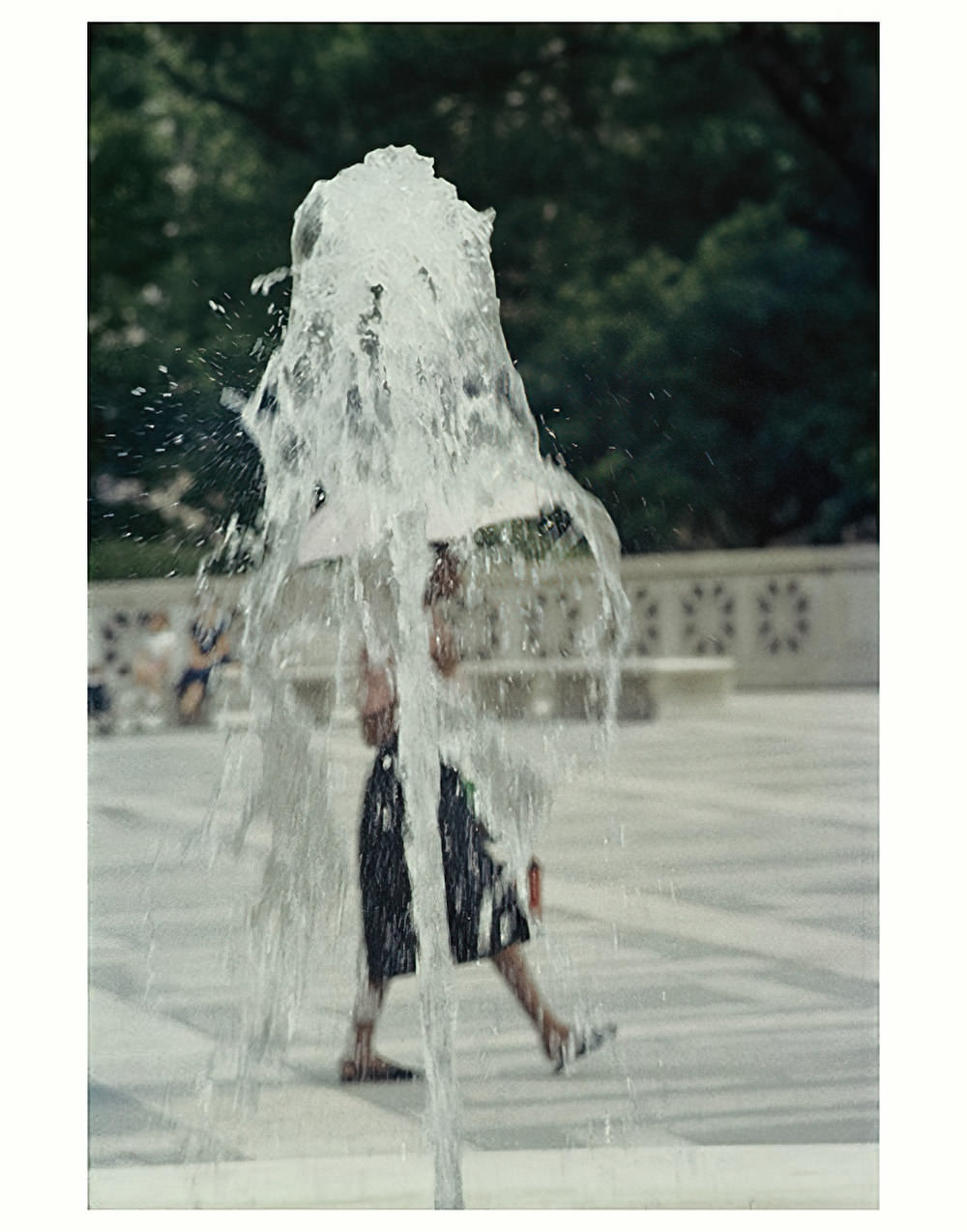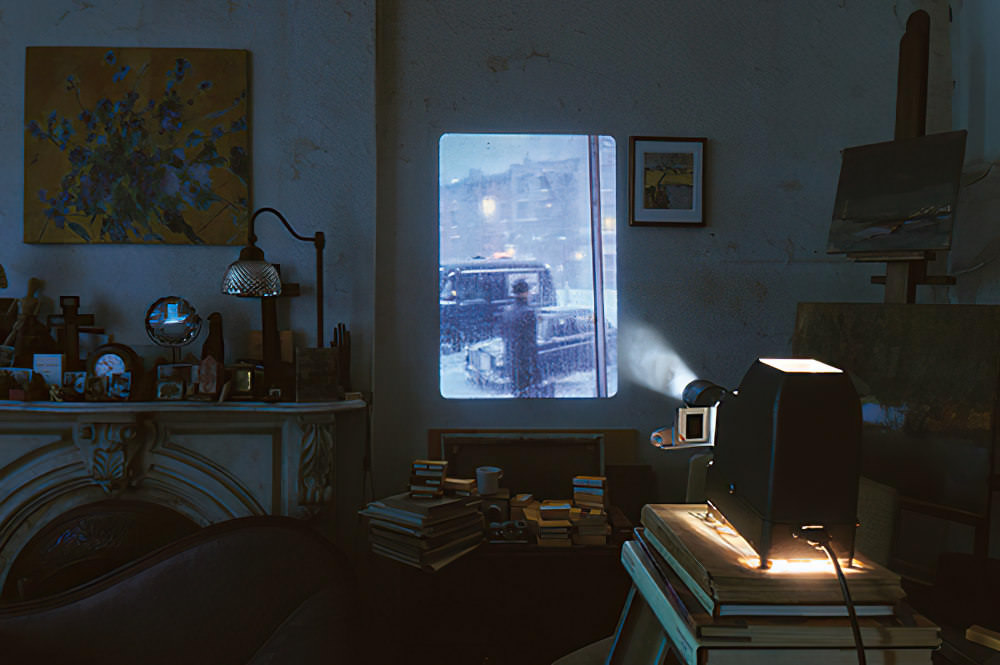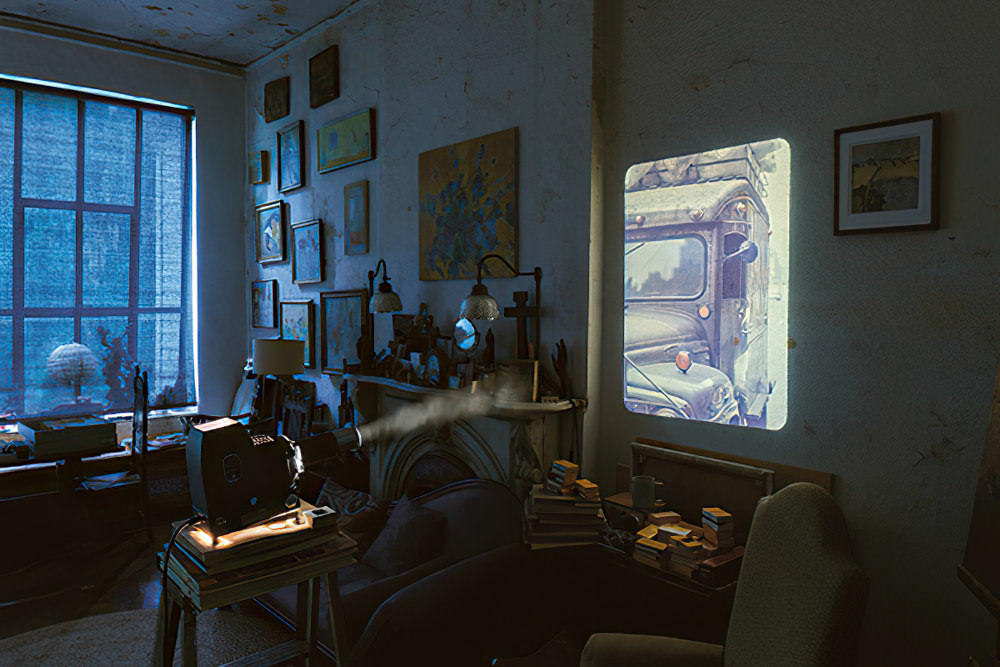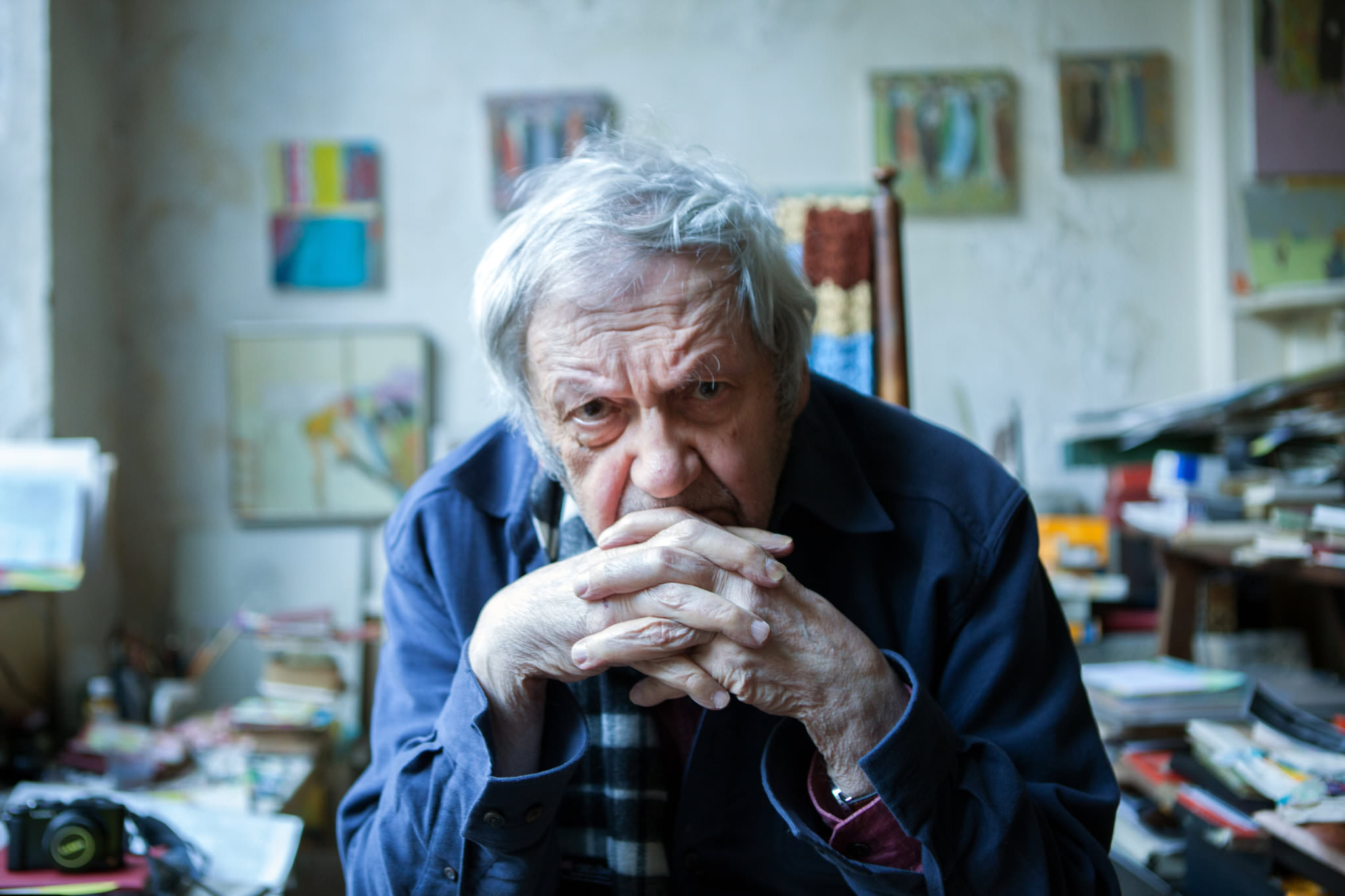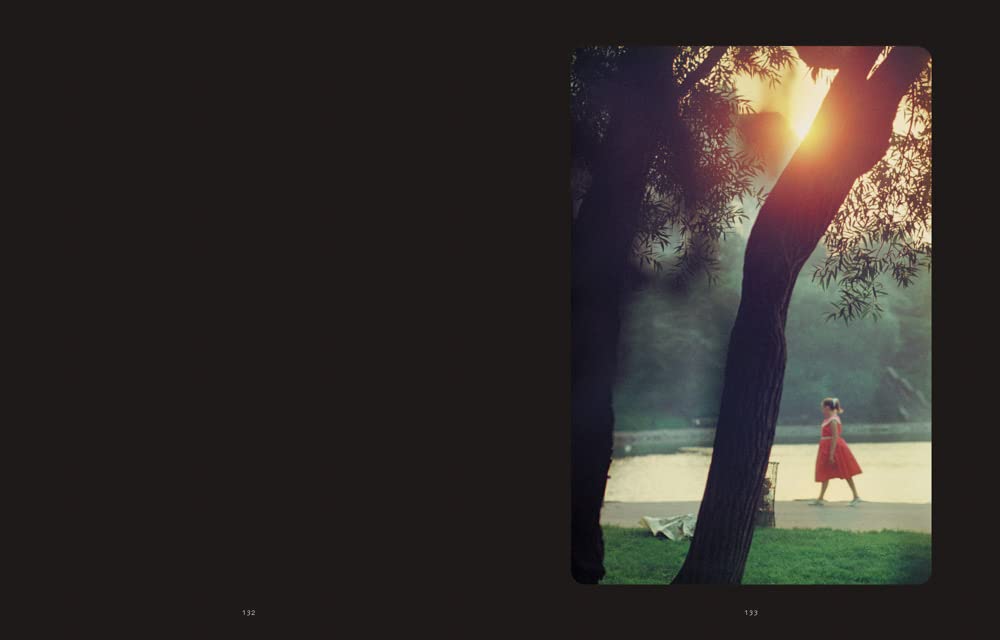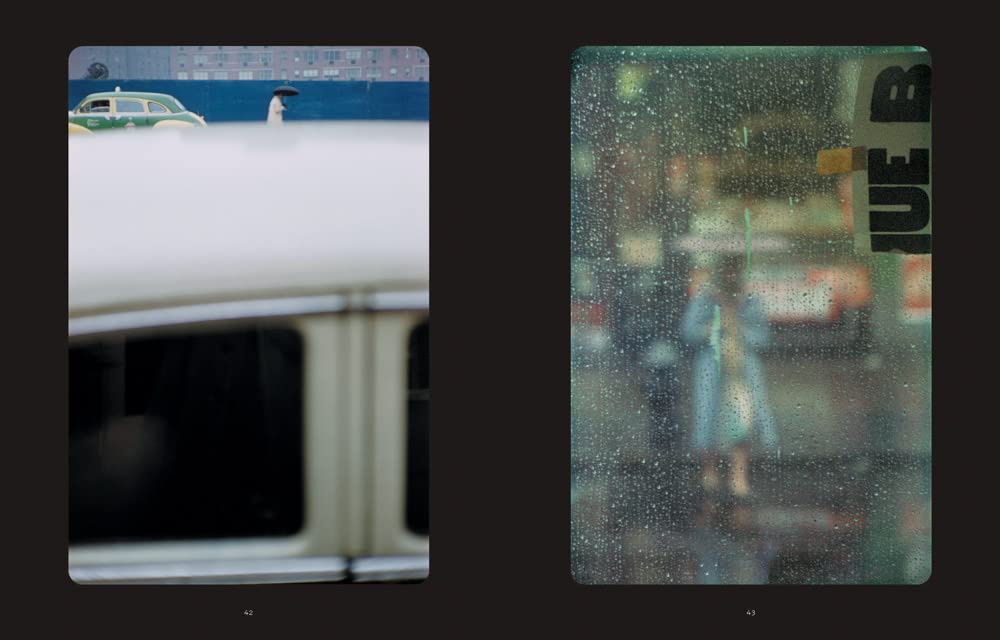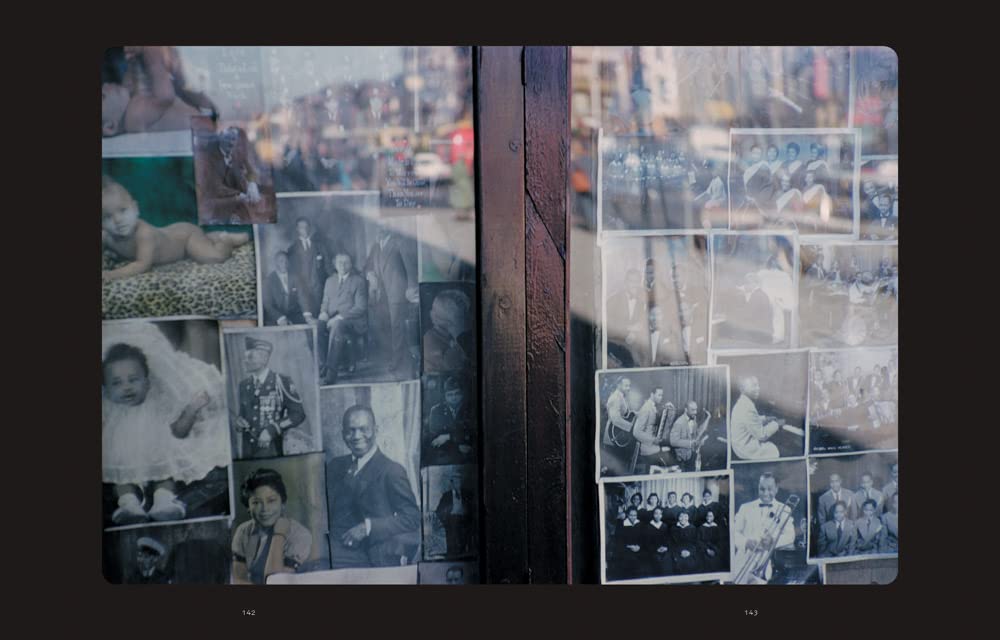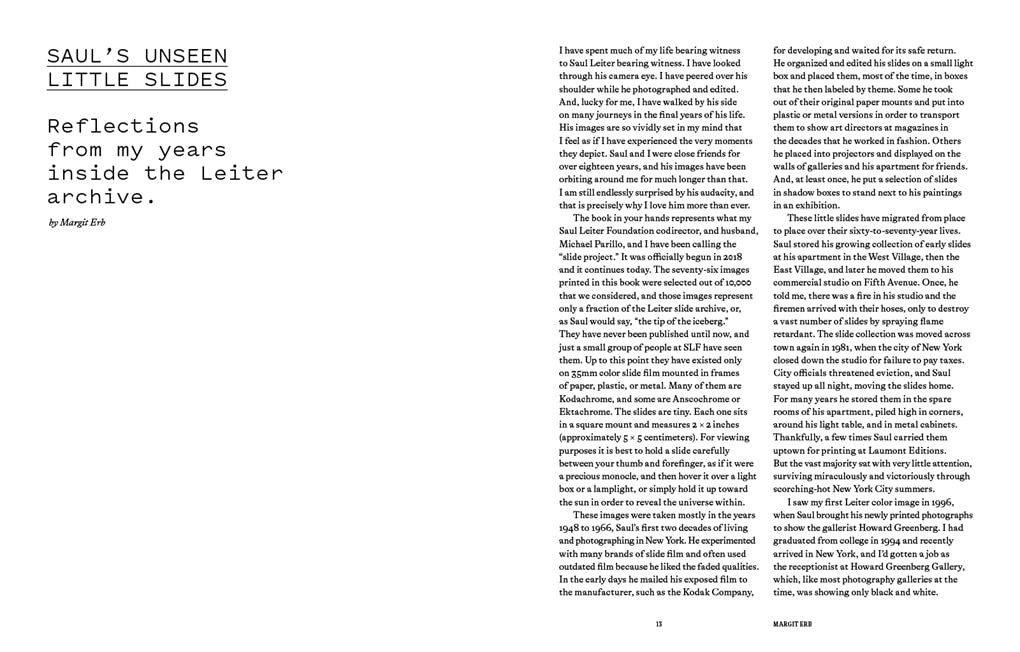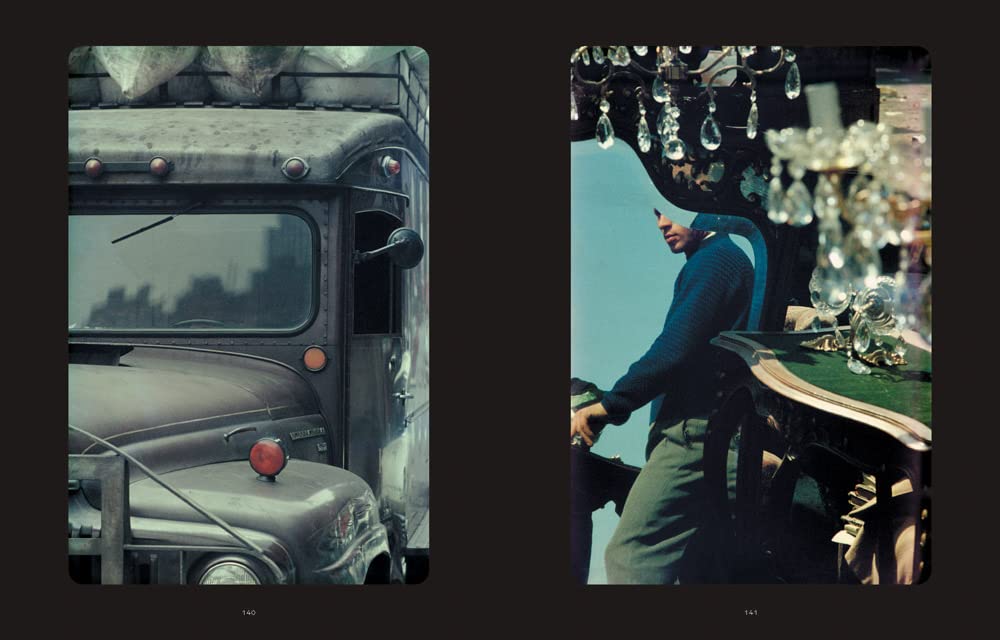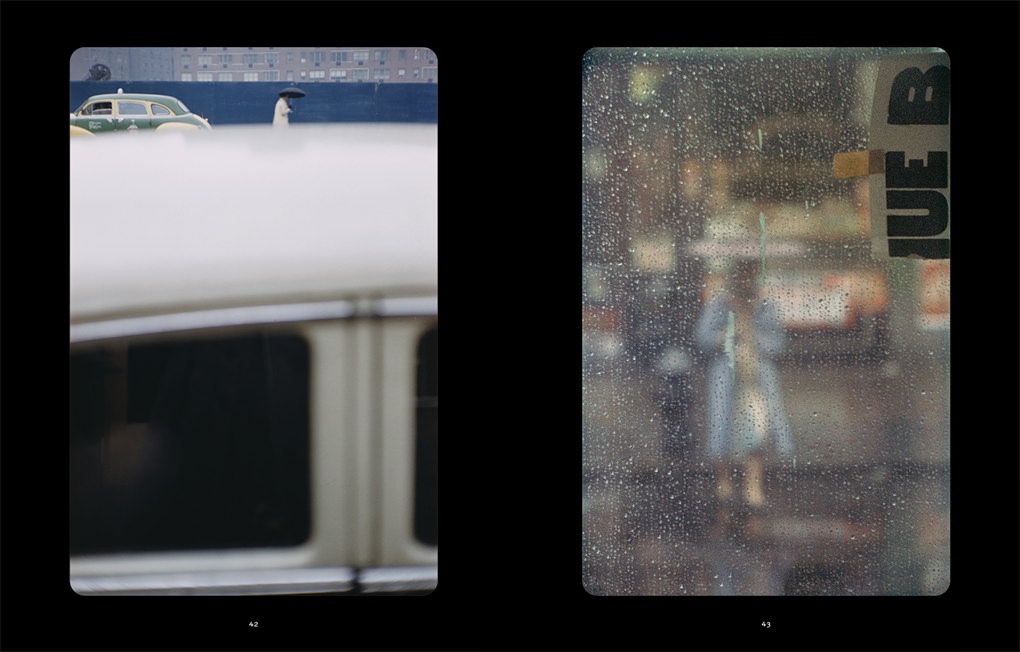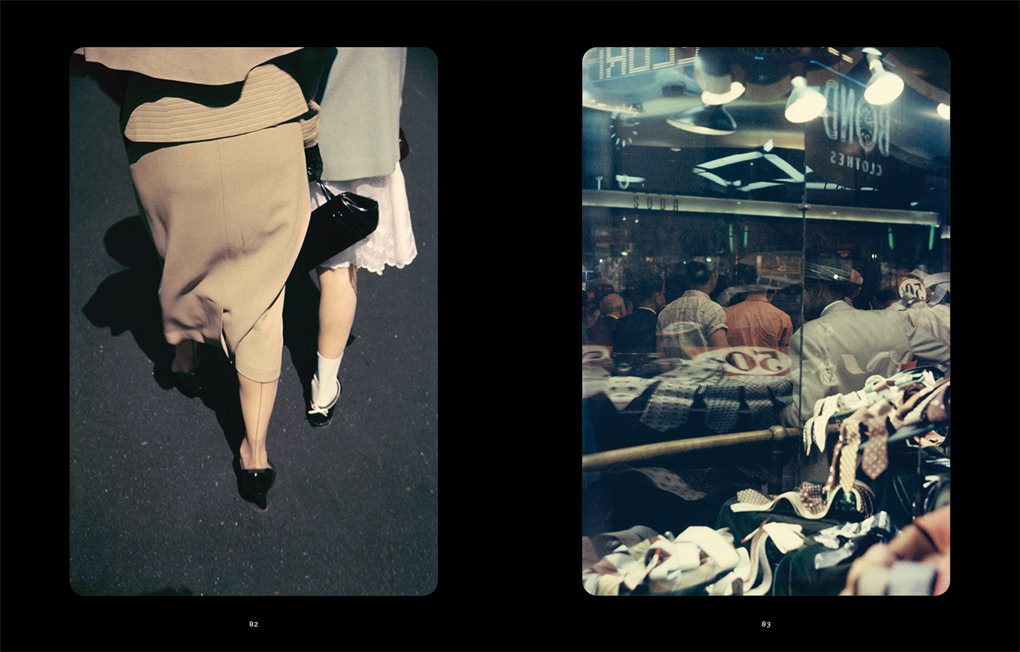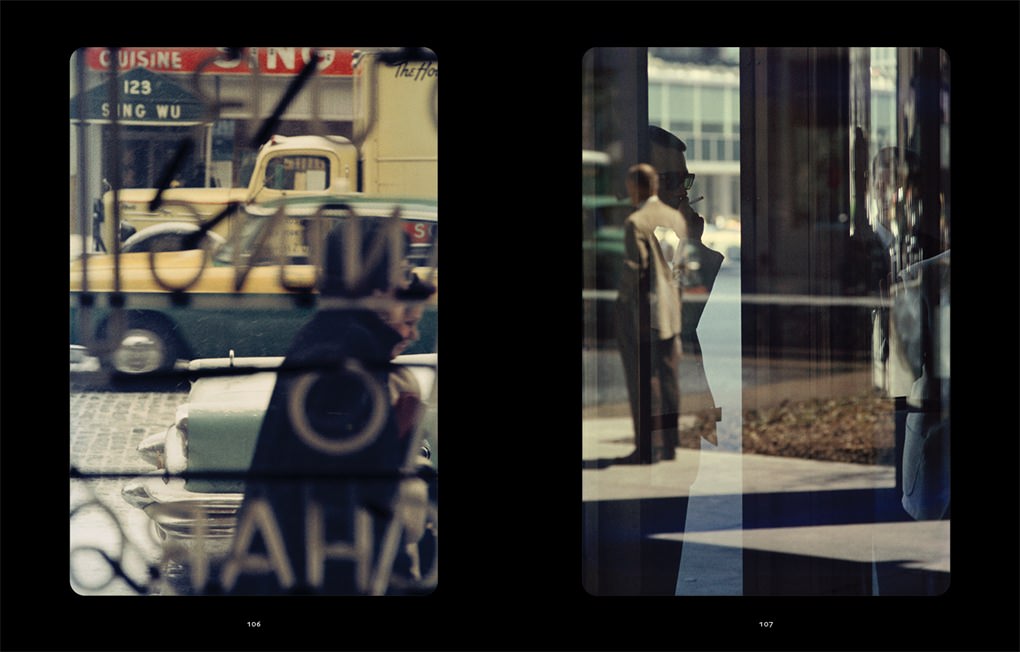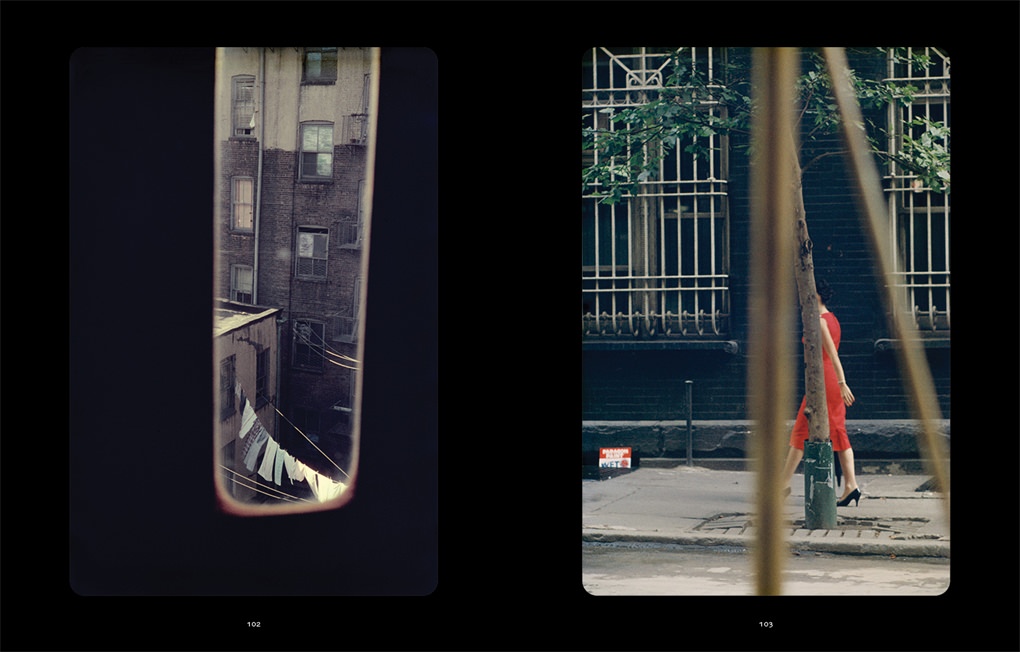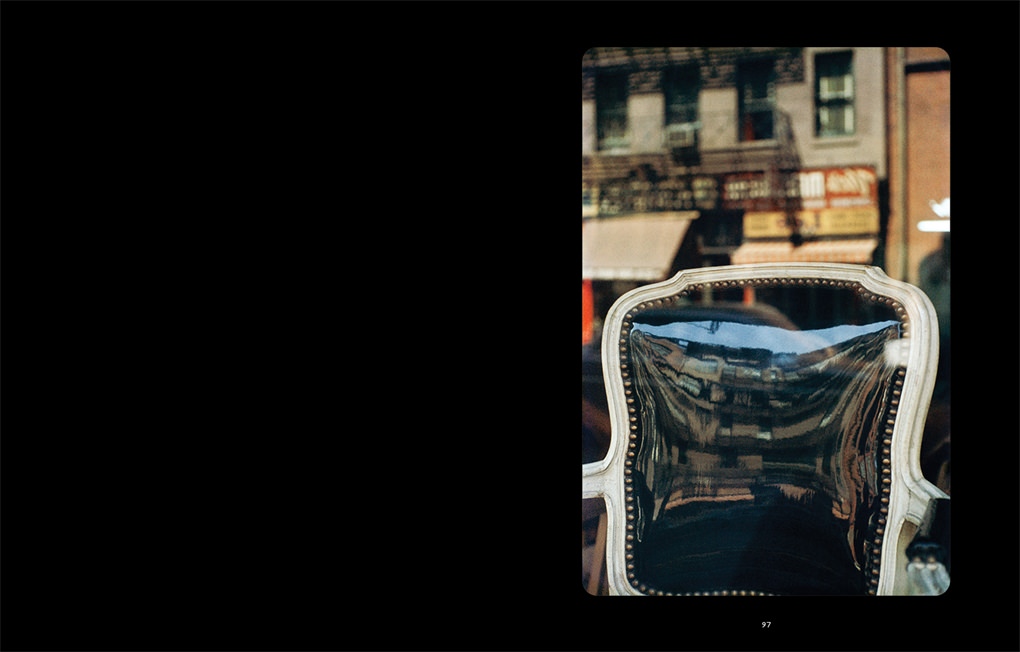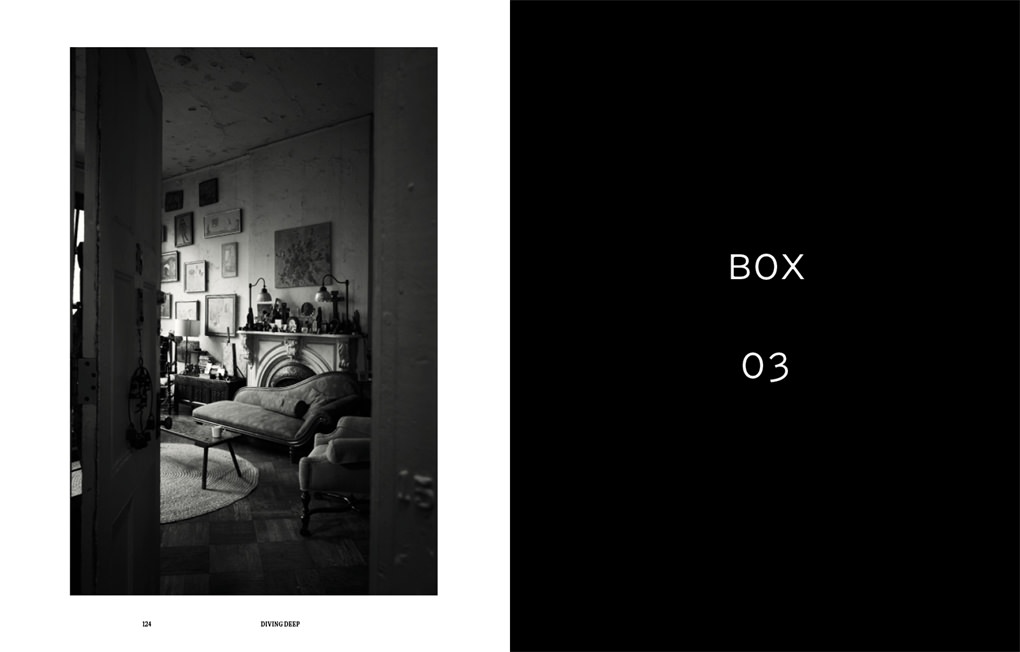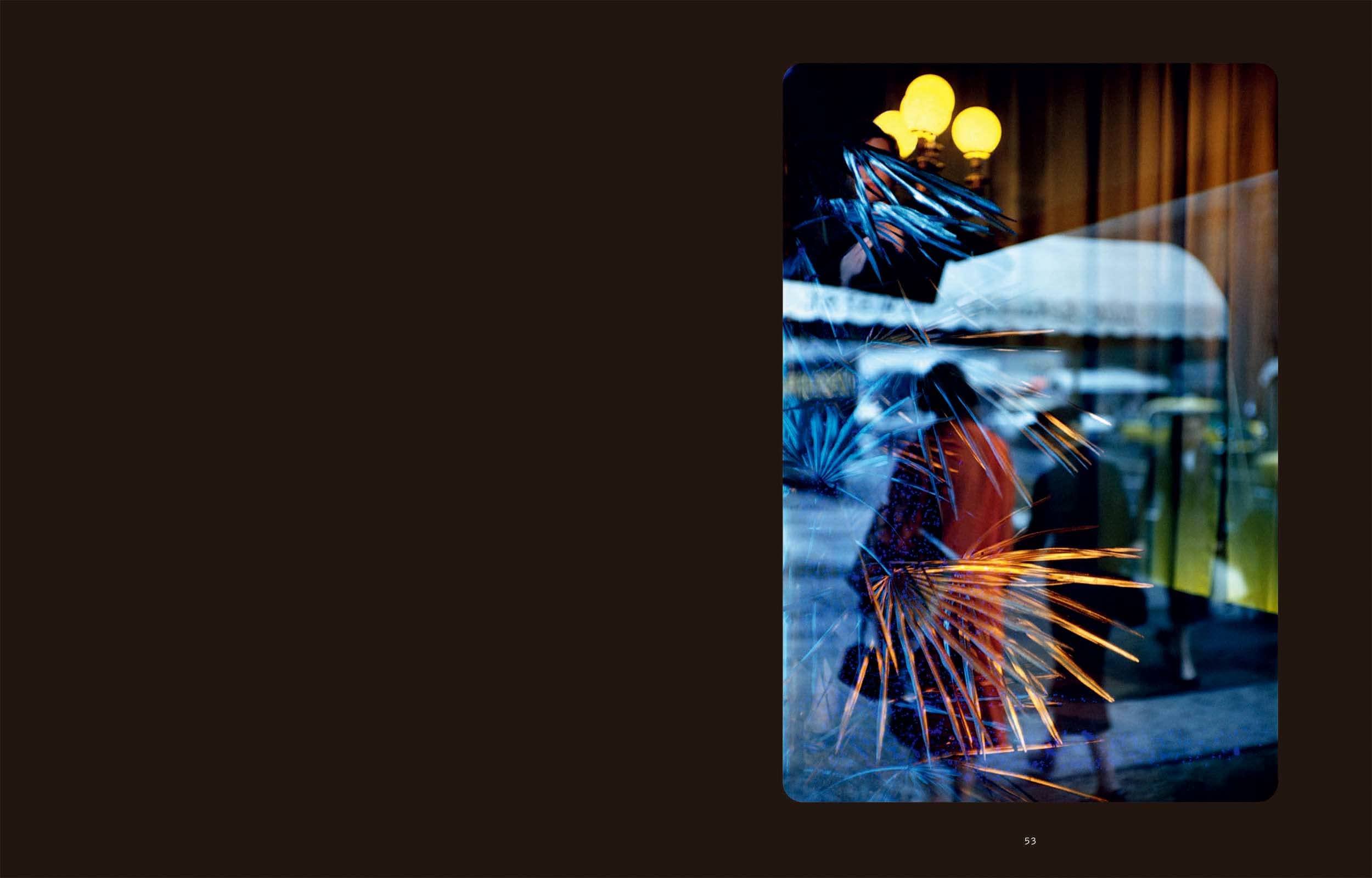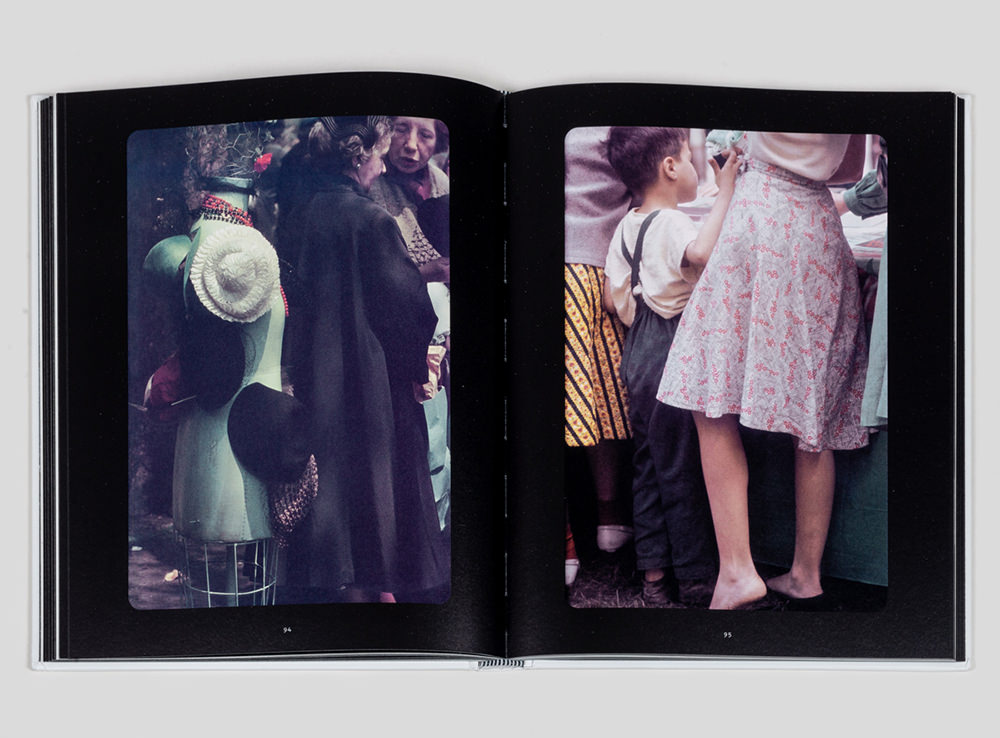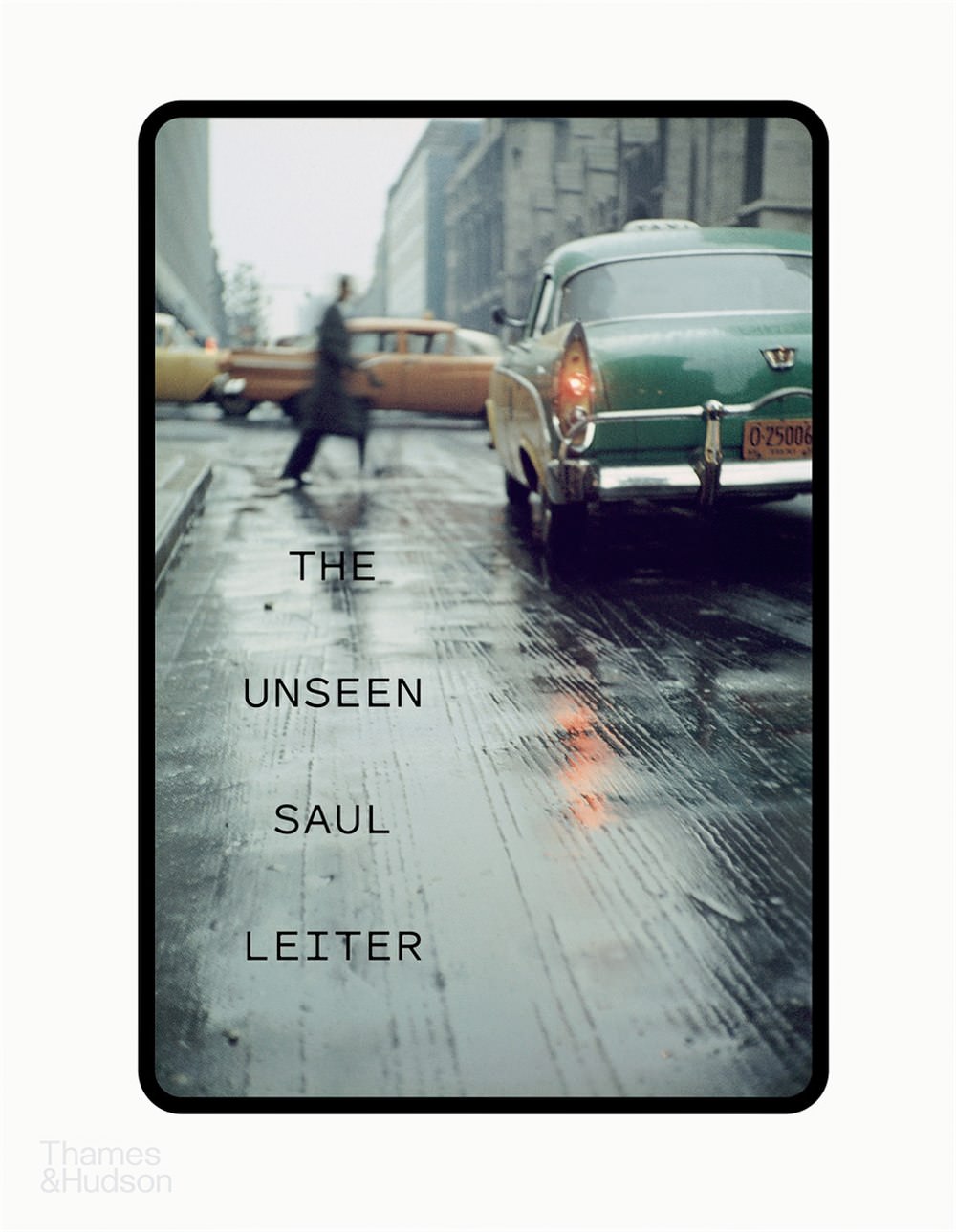The Unseen Saul Leiter
The first sightings of newly discovered work from Saul Leiter’s abundant archive of colour slides.
Now widely acclaimed as one of the world’s greatest photographers, Saul Leiter (1923-2013) remained relatively unsung until he was rediscovered by curators and critics in his early 80s, and his work has been drastically re-evaluated over the last two decades. Leiter’s images evoked the flow and rhythm of life on the mid-century streets of New York in luminous colour at a time when his contemporaries were shooting in black and white. His complex and impressionistic photographs are as much about evoking an atmosphere as nailing the decisive moment.
Saul Leiter was born in Pittsburgh and moved to New York City in 1946. He pioneered a painterly approach to colour photography starting in the late 1940s and produced covers for fashion magazines such as Esquire and Harper’s Bazaar before largely withdrawing from public attention in the 1980s. The publication in 2006 of his first monograph, Early Color, inspired an avid ‘rediscovery’ of Leiter’s work by contemporary audiences.
His studio in New York’s East Village, where he lived from 1952 until his death in 2013, is now the home of the Saul Leiter Foundation. The Foundation has begun a full-scale survey and organization of his more than 80,000 works, with the aim of compiling the ‘complete’ archive. This volume contains works discovered through this process, specifically colour slides, never before published or seen by the public. Meticulously curated by Margit Erb and Michael Parillo of the Saul Leiter Foundation and supported by texts that explain how Leiter built the slide archive and how it is now being explored, catalogued and restored, this new monograph will be a must-have for photography fans worldwide.
About the Author
The American artist Saul Leiter, the son of a rabbi and distinguished Talmudic scholar, was born in Pittsburgh in 1923. Leiter’s interest in painting began in his late teens. In 1946, when he was 23, he left the theological college he was attending in Cleveland and moved to New York City to pursue painting. Shortly after his arrival he met the Abstract Expressionist painter Richard Pousette-Dart, who was experimenting with photography. Leiter’s friendship with Pousette-Dart, and soon after with W. Eugene Smith, along with the photography exhibitions he saw in New York, particularly Henri Cartier-Bresson’s at the Museum of Modern Art in 1947, inspired him.
By 1948 Leiter had begun to experiment in color, largely using Kodachrome 35 mm film past its sell-by date. His main subjects were street scenes and his small circle of friends. Leiter made an enormous and unique contribution to photography with a highly prolific period in New York City in the 1950s. His abstracted forms and radically innovative compositions have a painterly quality that stands out among the work of his New York School contemporaries. His earliest photographs in black-and-white and color show an extraordinary affinity for the medium.
“I happen to believe in the beauty of simple things. I believe that the most uninteresting thing can be very interesting.”
Edward Steichen included Leiter’s black-and-white photographs in the exhibition Always the Young Strangers at the Museum of Modern Art in 1953. Steichen also included 20 of Leiter’s color photographs in his slide talk “Experimental Photography in Color” at MoMA in 1957. Starting in 1958 the art director Henry Wolf published Leiter’s color fashion work in Esquire and later in Harper’s Bazaar. Leiter continued to work as a fashion photographer for the next 20 years and was also published in Show, Elle, British Vogue, Queen, and Nova.
In the early 1980s Leiter was faced with financial difficulties that forced the closure of his Fifth Avenue studio. For the next two decades he lived and worked virtually unknown. In 2006, with the help of the art historian Martin Harrison and Howard Greenberg Gallery, the groundbreaking monograph Saul Leiter: Early Color was published by Gerhard Steidl in Germany. What Leiter called his “little book” became an overnight sensation with worldwide distribution and firmly established the artist as an early pioneer in the history of color photography. In 2006 the Milwaukee Museum of Art held the first U.S. museum show of Leiter’s photographs. In 2008 Leiter traveled to Paris for his first European exhibition, at the Fondation Henri Cartier-Bresson. Also in 2008, Leiter had his first painting exhibition in 30 years, at Knoedler Gallery in New York. The artist was the subject of Tomas Leach’s highly acclaimed 2013 documentary, Saul Leiter: In No Great Hurry, which continues to be shown at film festivals throughout the U.S., Europe, and Japan.
“We live in a world full of expectations, and if you have the courage, you ignore the expectations. And you can look forward to trouble.”
Leiter has been prominently featured in solo museum and gallery shows in the U.S. and Europe. His work is included in the collections of the Museum of Modern Art; the Museum of Fine Arts, Houston; the Art Institute of Chicago; the Baltimore Museum of Art; the Victoria and Albert Museum; the National Gallery of Australia; the Whitney Museum of American Art; the Milwaukee Art Museum; the Yale University Art Gallery; and other prestigious public and private collections.
Saul Leiter passed away at his home in New York City’s East Village on November 26, 2013, leaving behind an immense archive of his life’s work in art. In the New York Times obituary on Leiter, Margalit Fox writes, “Of the tens of thousands of images he shot—many now esteemed as among the finest examples of street photography in the world—most remain unprinted.”

